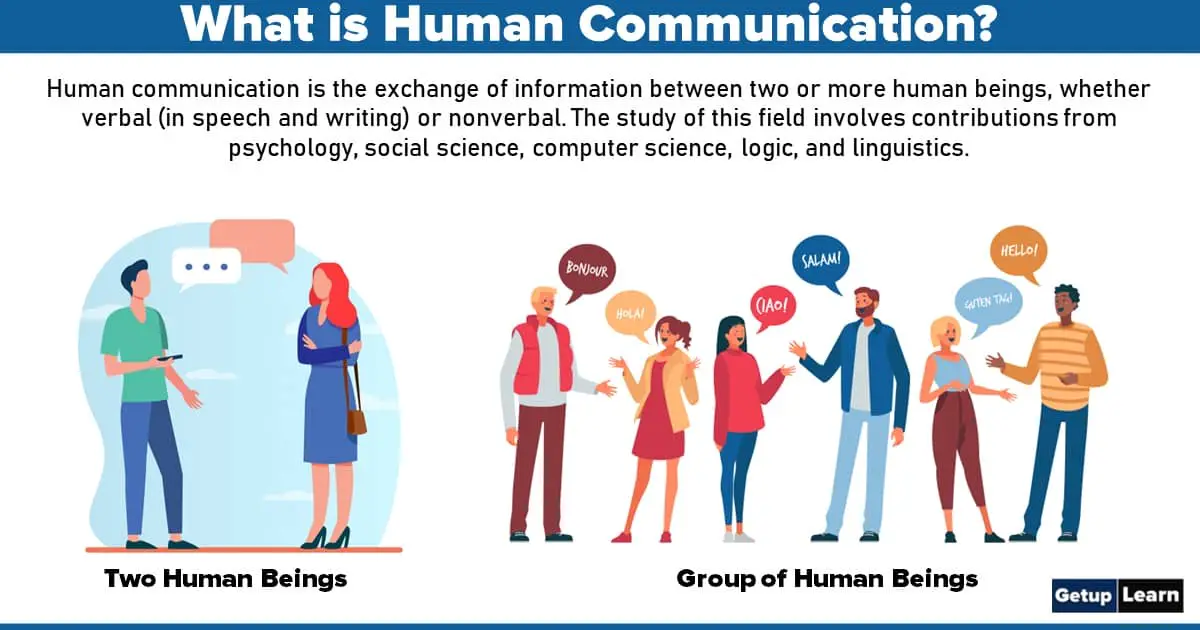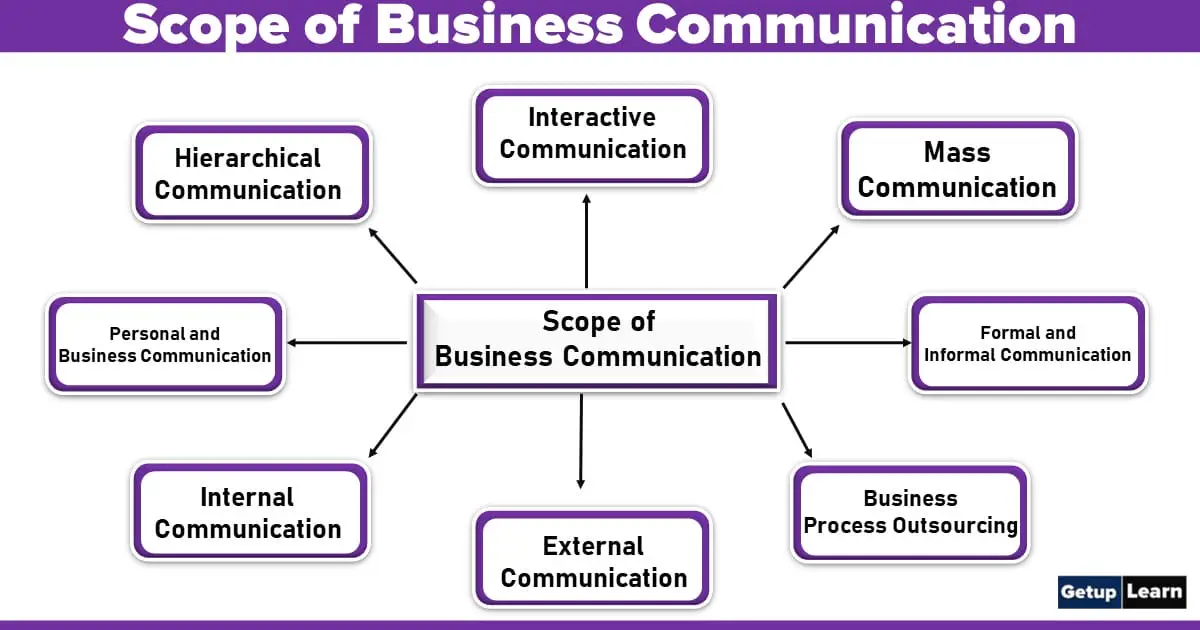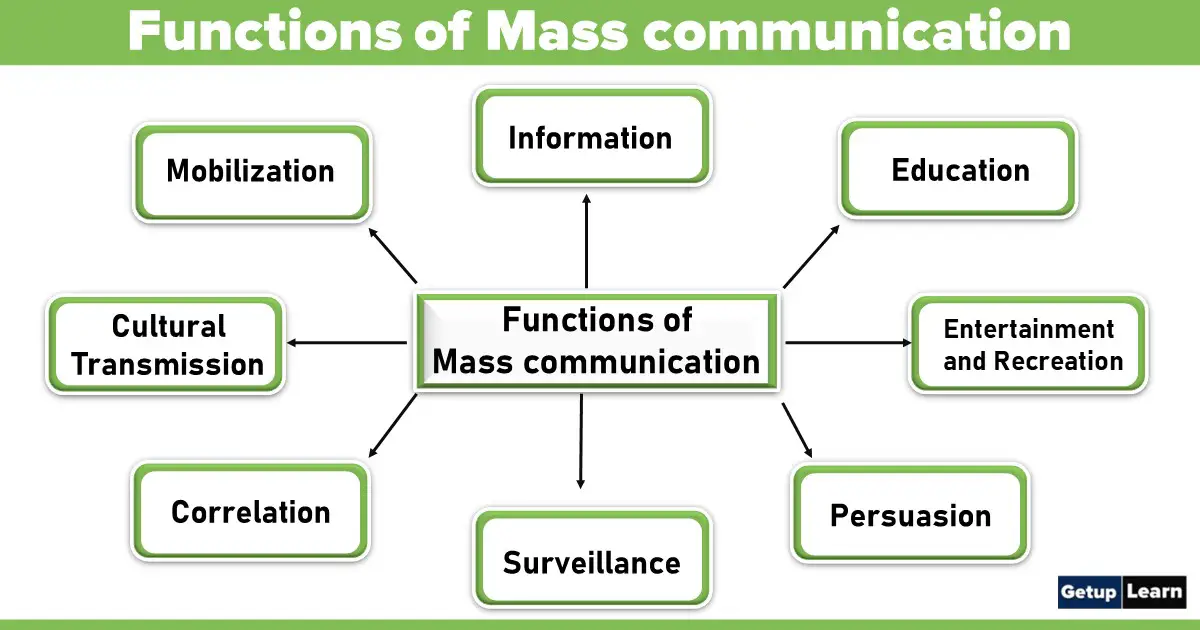Group Communication: Meaning, Importance, Advantages, Disadvantages, Characteristics
What is Group Communication? Group communication can be defined as “an interactive process that occurs among three or more people interacting in an attempt to achieve commonly recognized goals either face-to-face or through mediated forms.” A group is a collection of people with specific goals or objectives. Cohesion is an important factor in groups. Group





